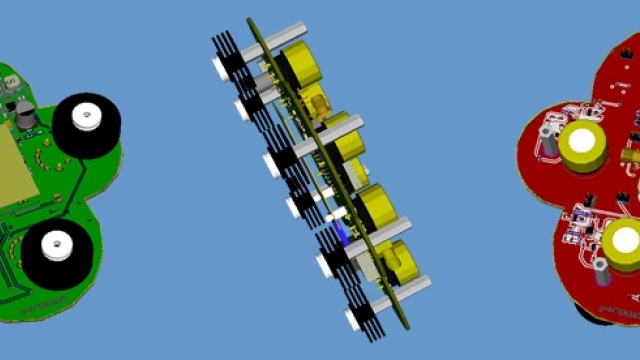February 17th, 2016: Dr. Adel Ben Mnaouer, Associate Professor in the School of Engineering, Applied Science & Technology at Canadian University Dubai (CUD), is among a team of international scientists that has developed a pioneering technology to enable high-efficiency air quality monitoring, to help promote a cleaner environment and reduce health risks associated with poor atmospheric quality.
Known as SENNO, the new technology was created as part of a $1 million research initiative funded by the Qatar Foundation’s National Priorities Research Program, and has now secured QR 1.3 million from the Qatar Science and Technology Park for a sixteen-month proof of concept prototyping project.
The innovation, which was developed in collaboration with academics from Qatar University and the University of Brescia, uses advanced sensor technology to manage energy drawn from the environment, enabling the continuous operation of air quality monitoring systems without human intervention.
Environmental monitoring has previously relied on portable and limited-life energy sources, such as batteries, in order to support sensor functionality – a costly approach requiring regular manual replacement. The SENNO prototype however uses ambient power sources and applies sensor technology to dramatically improve energy efficiency.
Dr. Mnaouer explained, “Sensor networks dedicated to atmospheric monitoring can provide an early warning of environmental hazards. However, remote systems need robust and reliable sensor nodes, which require high levels of power efficiency for autonomous, continuous and long-term use.
“Our technology harvests environmental energy, such as sun and ambient light, heat differentials, Radio Frequency radiation and mechanical vibration. Furthermore, it optimizes energy use by the sensory equipment, so as to function only for the time needed to achieve the operations of sensor warm-up, sampling, data processing and wireless data transmission, thereby creating an air quality monitoring system that measures pollutants in a sustainable and efficient way.”
The technology has attracted widespread international attention among professionals and researchers in the field, including leading academics from the University of Cambridge and the University of California, Berkley. As Word Health Organization data suggests that air pollution has become the world’s single biggest environmental health risk, linked to around 7 million deaths a year, the technology could have an important role in making air quality monitoring more cost-effective and ultimately saving lives.


